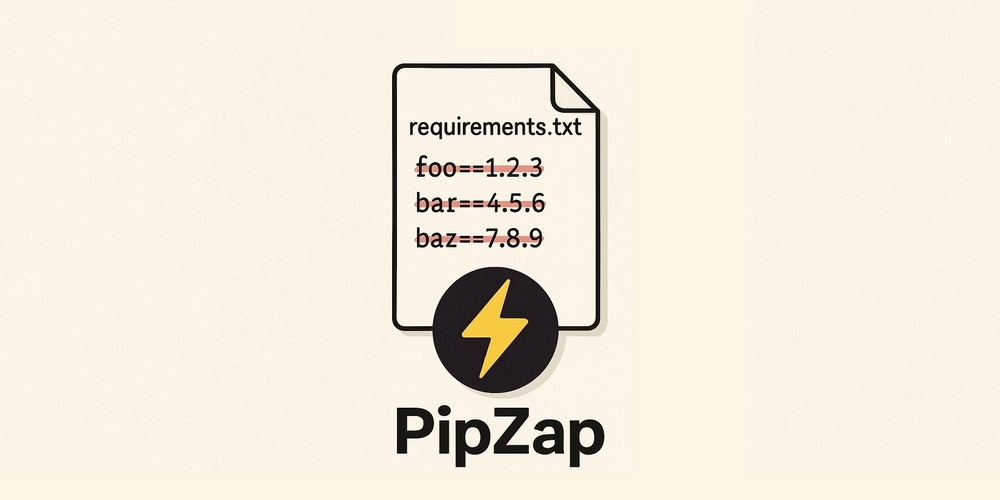Platform Engineering- Quick Introduction
There’s a moment in every creative process—be it composing music, painting a canvas, or building software—where beauty starts to collide with chaos. Ideas flow fast, experiments multiply, and what once felt like harmony begins to fragment under the weight of tools, processes, and ambition. In the world of modern development, this is the moment where speed becomes friction. Teams juggle CI/CD tools, environments break, and the path to production feels more like a maze than a highway. But what if we could bring back that sense of flow? What if the complexity of scale could be transformed into a seamless rhythm, where every deployment is a brushstroke, and every build a beat in your product symphony? That’s the essence of platform engineering—an invisible scaffolding that supports creativity, control, and confidence at scale. By empowering teams with consistent CI/CD platforms and a smoother developer experience, platform engineering unlocks velocity without chaos. What is Platform Engineering? At its core, platform engineering is the art and science of building internal platforms that enable developers to work more efficiently. It involves creating a set of tools, processes, and services that abstract away the complexity of managing infrastructure—so developers can focus on delivering great software. These platforms are usually created and maintained by dedicated platform teams, who serve internal development and operations teams by offering reliable, reusable components. Think of it as building a smooth highway system inside your tech organisation: developers can now get from A to B faster, without worrying about every pothole and speed bump along the way. Ultimately, platform engineering empowers teams by delivering scalable infrastructure and CI/CD tools that can be used in a self-service fashion. That shift from chaos to control is where its true value lies. Read analysis of Platform Engineering's values here! A Closer Look at the DevOps Process Under Platform Engineering If we zoom into the day-to-day work of a DevOps team within a platform engineering context, the difference becomes even clearer. Without a shared platform, a typical day might involve manually provisioning infrastructure, debugging inconsistent build failures, or coordinating between teams about deployment schedules. With a well-defined CI/CD platform in place, that work becomes automated, streamlined, and largely self-service. Developers can push code with confidence, knowing that tests, builds, and deployments will run predictably across environments. Infrastructure as code becomes the norm, and pipelines enforce consistency by default. Platform engineering replaces ad-hoc processes with structured workflows, often visualised in a modern CI/CD pipeline. This gives both transparency and control to the DevOps team while enabling developers to stay in the flow of coding—not waiting on operations. Ultimately, it transforms DevOps from being a reactive gatekeeper to a proactive facilitator of engineering excellence. When Do You Actually Need Platform Engineering? Watch out for these signs: Developers spend more time configuring environments than writing code. Each team uses different CI/CD tools, leading to inconsistent builds. Deployment takes longer than expected, and delays become routine. Security or compliance rules are applied inconsistently across teams. Many companies wait too long to invest in platform engineering, assuming it’s only for large enterprises or hyper-growth startups. But in reality, the need often shows up earlier—and more subtly—than expected. Perhaps your developers are spending more time configuring environments than building features. Or maybe every team is using a slightly different CI tool, leading to unpredictable builds and duplicated effort. You might notice that your deployment process takes longer than it should, or that security policies are enforced inconsistently. These are signs that your organisation has outgrown its current setup and could benefit from a unified, scalable CI/CD platform. Platform engineering doesn't just solve technical problems—it solves organisational inefficiencies that slow down innovation.

There’s a moment in every creative process—be it composing music, painting a canvas, or building software—where beauty starts to collide with chaos. Ideas flow fast, experiments multiply, and what once felt like harmony begins to fragment under the weight of tools, processes, and ambition.
In the world of modern development, this is the moment where speed becomes friction. Teams juggle CI/CD tools, environments break, and the path to production feels more like a maze than a highway.
But what if we could bring back that sense of flow? What if the complexity of scale could be transformed into a seamless rhythm, where every deployment is a brushstroke, and every build a beat in your product symphony?
That’s the essence of platform engineering—an invisible scaffolding that supports creativity, control, and confidence at scale. By empowering teams with consistent CI/CD platforms and a smoother developer experience, platform engineering unlocks velocity without chaos.
What is Platform Engineering?
At its core, platform engineering is the art and science of building internal platforms that enable developers to work more efficiently. It involves creating a set of tools, processes, and services that abstract away the complexity of managing infrastructure—so developers can focus on delivering great software.
These platforms are usually created and maintained by dedicated platform teams, who serve internal development and operations teams by offering reliable, reusable components. Think of it as building a smooth highway system inside your tech organisation: developers can now get from A to B faster, without worrying about every pothole and speed bump along the way.
Ultimately, platform engineering empowers teams by delivering scalable infrastructure and CI/CD tools that can be used in a self-service fashion. That shift from chaos to control is where its true value lies.
Read analysis of Platform Engineering's values here!
A Closer Look at the DevOps Process Under Platform Engineering
If we zoom into the day-to-day work of a DevOps team within a platform engineering context, the difference becomes even clearer. Without a shared platform, a typical day might involve manually provisioning infrastructure, debugging inconsistent build failures, or coordinating between teams about deployment schedules.
With a well-defined CI/CD platform in place, that work becomes automated, streamlined, and largely self-service. Developers can push code with confidence, knowing that tests, builds, and deployments will run predictably across environments. Infrastructure as code becomes the norm, and pipelines enforce consistency by default.
Platform engineering replaces ad-hoc processes with structured workflows, often visualised in a modern CI/CD pipeline. This gives both transparency and control to the DevOps team while enabling developers to stay in the flow of coding—not waiting on operations.
Ultimately, it transforms DevOps from being a reactive gatekeeper to a proactive facilitator of engineering excellence.
When Do You Actually Need Platform Engineering?
Watch out for these signs:
- Developers spend more time configuring environments than writing code.
- Each team uses different CI/CD tools, leading to inconsistent builds.
- Deployment takes longer than expected, and delays become routine.
- Security or compliance rules are applied inconsistently across teams. Many companies wait too long to invest in platform engineering, assuming it’s only for large enterprises or hyper-growth startups. But in reality, the need often shows up earlier—and more subtly—than expected. Perhaps your developers are spending more time configuring environments than building features. Or maybe every team is using a slightly different CI tool, leading to unpredictable builds and duplicated effort. You might notice that your deployment process takes longer than it should, or that security policies are enforced inconsistently. These are signs that your organisation has outgrown its current setup and could benefit from a unified, scalable CI/CD platform. Platform engineering doesn't just solve technical problems—it solves organisational inefficiencies that slow down innovation.











































































































































































![[The AI Show Episode 142]: ChatGPT’s New Image Generator, Studio Ghibli Craze and Backlash, Gemini 2.5, OpenAI Academy, 4o Updates, Vibe Marketing & xAI Acquires X](https://www.marketingaiinstitute.com/hubfs/ep%20142%20cover.png)




























































































































![[DEALS] The Premium Learn to Code Certification Bundle (97% off) & Other Deals Up To 98% Off – Offers End Soon!](https://www.javacodegeeks.com/wp-content/uploads/2012/12/jcg-logo.jpg)


![From drop-out to software architect with Jason Lengstorf [Podcast #167]](https://cdn.hashnode.com/res/hashnode/image/upload/v1743796461357/f3d19cd7-e6f5-4d7c-8bfc-eb974bc8da68.png?#)








































































































.png?#)

































_Christophe_Coat_Alamy.jpg?#)
 (1).webp?#)





































































































![Apple Considers Delaying Smart Home Hub Until 2026 [Gurman]](https://www.iclarified.com/images/news/96946/96946/96946-640.jpg)
![iPhone 17 Pro Won't Feature Two-Toned Back [Gurman]](https://www.iclarified.com/images/news/96944/96944/96944-640.jpg)
![Tariffs Threaten Apple's $999 iPhone Price Point in the U.S. [Gurman]](https://www.iclarified.com/images/news/96943/96943/96943-640.jpg)




































































































































